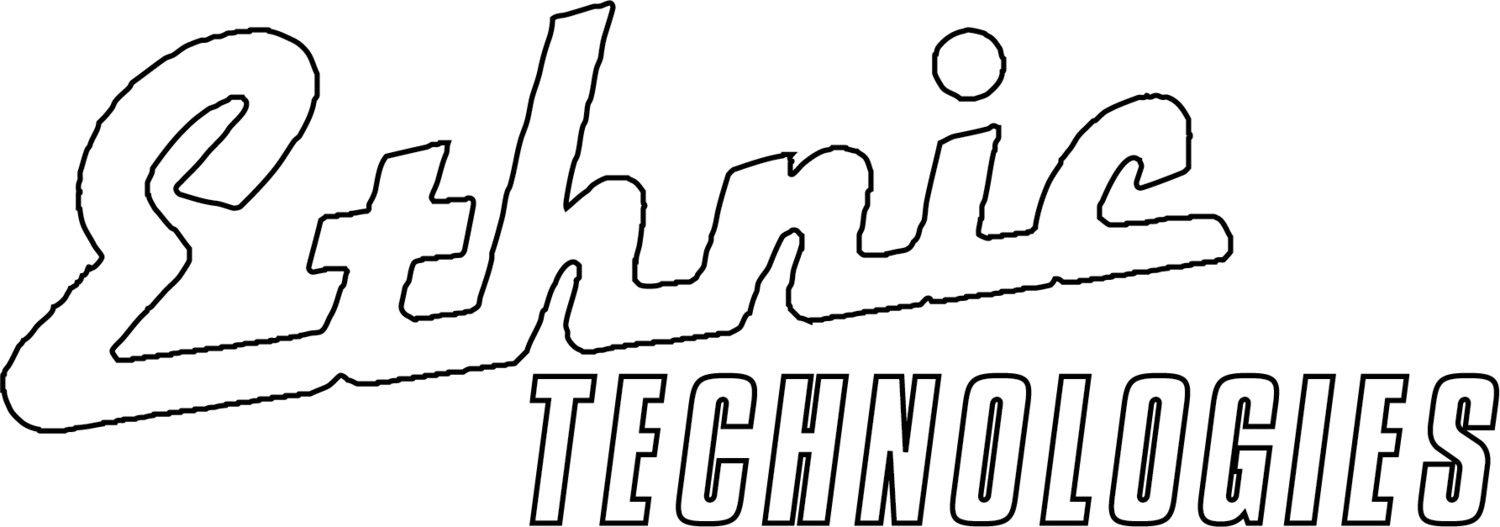Written by Joanne Villavieja
Today we live in a vastly multicultural society, where many families consist of multiple ethnic backgrounds. According to the 2020 Census, the multiracial population increased from 2.9% of the generational US population in 2010 (about 9 million people) to 10.2% (33.8 million people) in 2020. In part one of this series, we discussed the most common combination of races: White and another race. The White and Asian population saw an increase of 65.8%, about 1.1 million people since 2010. For AAPI Heritage Month and part two of this series, we will look at names combining White and Asian cultures.
As discussed in “A Series of Cultures and Phonemes: Names in a Multicultural Society Part 1”, a name is easily shared between languages when it can be pronounced easily and has a good meaning in both languages. For some languages this is easier than others, and that has to do with their shared phonemes. In linguistics, phonemes are defined as the smallest units of sound in a language that carry meaning. For example, the phoneme /d/ is the sound that distinguishes the word “dog” from “bog”, “log”, and “cog”. Phonology is the study of these sound systems in languages. To be able to analyze why some names “work” in multiple languages and some do not, phonology is used to describe how the names are written and pronounced in each language setting. It’s basically like taking an inventory of the different “sound vocabularies” and seeing which ones are shared.
This article by Cameron Smith, does an in-depth, quantitative analysis of which languages share the most phonemes with English, an unexpected one being Tagalog, the native language of the Philippines. Here is a quick example of a name that does not work well between these two language settings. The name “Lola” has elegant connotations in English and Spanish, originally deriving from the name Dolores, which is part of the Spanish title for the Virgin Mary: “Nuestra Señora de los Dolores” or “Our Lady of Sorrows”. A graceful and inherently feminine name that is perfect for women. However, in Tagalog (an unfortunate case since the Philippines is predominantly Catholic) the name “Lola” sounds exactly like the word “Grandma”. Not as ideal for a young girl’s name. If they eventually grow old and have a family of their own, they’ll be referred to as “Lola Lola”.
Deciding on a name in a language that is character-based like Chinese, Japanese, and Korean has the added layer of having to choose characters with significant meaning. These three languages all use Chinese characters for names, of which there are over 50,000. Many of them are homophones and share exact pronunciations, so there are seemingly endless options for meanings. This can be convenient but also daunting for something as important as a name.
Most English names contain sounds that do not exist in Chinese phonology, and have to be pronounced using the closest approximations. For example the name “Darwin” often is pronounced as “Dá ěr wén”, written 达尔文. These characters have meanings on their own, but don’t have much significance when put together. Here are some examples of names that have plausible phonemes in both English and Chinese, and also are commonly written with characters with good meanings. The name “Kylie” can be written as “凯莉”, the characters for which mean “victory” and “jasmine”. The name “Eugene” is commonly written as “尤金” which contains the character “金” for “gold”.
An example of English names that are not as simple to transliterate into other languages are the particularly long ones like “Alexandra” or “Christopher”. These names also contain sounds that don’t typically exist in Asian languages like the ones represented by “x” or “-pher”. Japanese usually replaces that “x” sound with “kusu” and “-pher” with “faa”. Written in Hiragana (the Japanese alphabet for words of non-Japanese origin), these 4 (al-ex-an-dra) and 3 (kris-tuh-fer) syllable names now become 7 (アレクサンドラ) and 6 (クリストファー) syllables respectively. A safe rule of thumb would be that the longer a name is, the more difficult it would be to pronounce in another language, particularly Asian ones. Most names that work well in multiple Asian languages along with English, are easily shareable due to their length or simple pattern of consonants followed by vowels.
Hopefully these examples can help give some ideas for growing and future multicultural Asian families. Even branching beyond the family context, and into a marketing and mass media focus, understanding how names can be perceived in more than one cultural setting can help lead to more mindful choices. To conclude, here are some more examples of commonly used English given names that work well (can be easily pronounced, or are already popular) in various Asian languages:
English-Chinese names: Lily, Kailin, Hailey, Wendy, Anna, Owen, Allan, Jason, Ray, Dan, Ben
English-Indian names: Anita, Mina, Rita, Rina, Tara, Meera, Deven, Jay, Ash, Niel, Avi
English-Filipino names: Elena, Marie, Jocelyn, Princess, Gemma, Joyce, April, Jeremy, Jan, Joel, Edwin, Alvin
*A caveat to Filipino-American first names is that English names are already commonly used, but that often they are combined into two-part first names (John Mark, April Joyce, Marie Lynn, etc.) and males will often go by its initials (JR, MJ, AJ, etc.).
English-Vietnamese names: Kim, May, Lillian, Lin, Lana, Vivian, Jenny, Kevin, Liam, Cam, Luke, Lee, Dan
English-Korean names: Grace, Gina, Hannah, Anna, Mina, Jean, Jason, Dan, Ian, Eugene, Noah, June, David
English-Japanese names: Erika, Naomi, Mika, Sarah, Anna, Kylie, Rina, Ken, Gene, Joe, Kent, Toby, Kai, Luka
For more insights on name usage and connecting to your audience of varying demographics, be sure to use E-Tech’s data-driven, multicultural marketing software to stay up to date!




